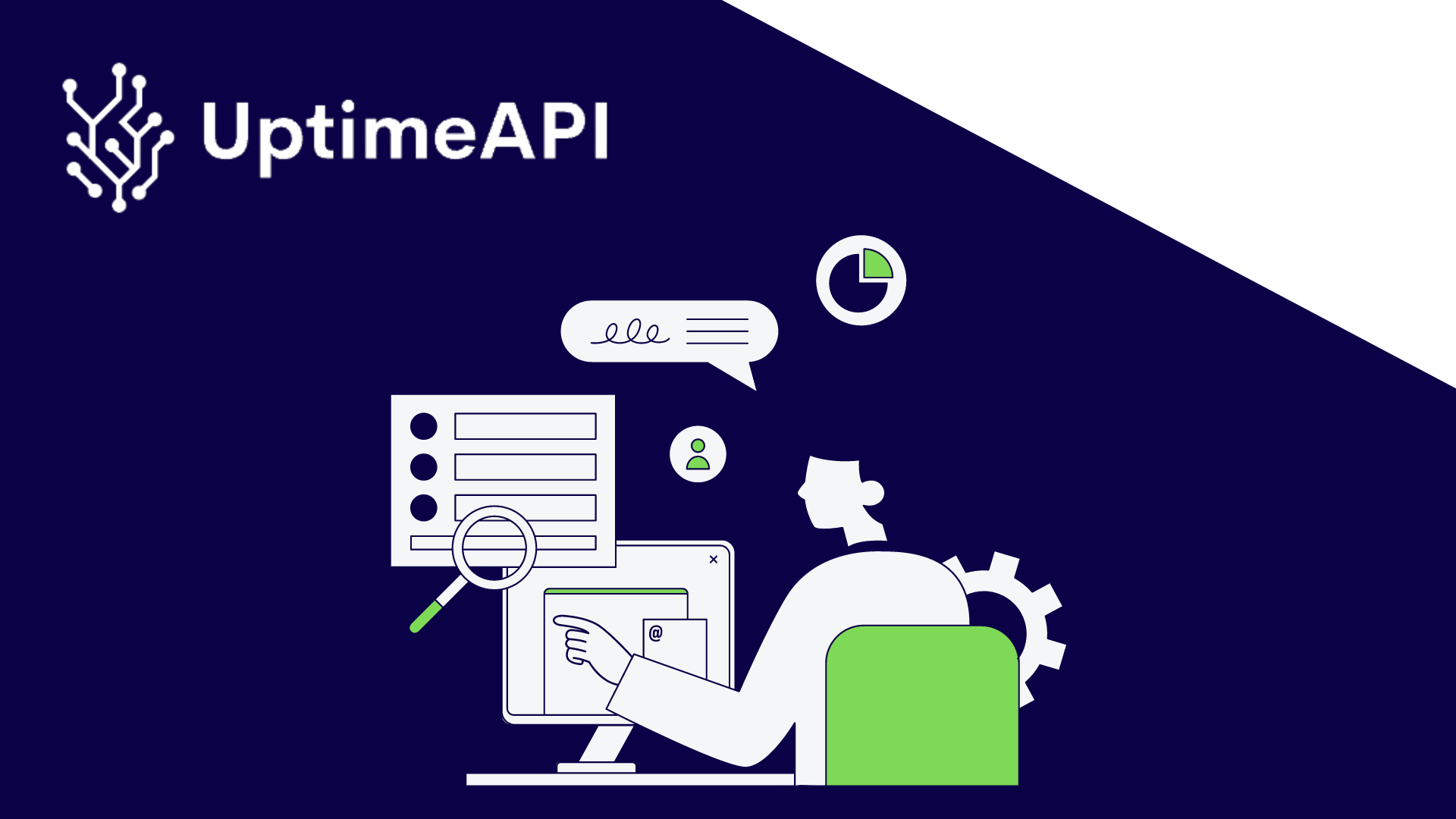REST API Monitoring Tool: Usage Cases

Monitoring REST APIs is crucial for ensuring performance, reliability, and security. REST API monitoring tools offer a range of functionalities that help developers manage their APIs effectively. This article unveils various usage cases, demonstrating the practical value and transformative potential of these tools.
REST API Monitoring Tool: Usage Cases Unveiled
REST API monitoring tools are versatile and essential for developers and businesses alike. They offer real-time insights, automate routine tasks, and provide comprehensive analytics that are invaluable for maintaining and improving API performance. Here are some key usage cases that illustrate the importance of these tools:
- Performance Optimization: These tools track response times, throughput, and error rates, enabling developers to identify bottlenecks and optimize performance.
- Uptime Assurance: Monitoring tools ensure your API is always available by tracking its uptime and sending instant alerts if it goes down.
- Security Monitoring: Real-time detection of vulnerabilities and potential threats helps maintain the security of your API.
- Compliance Monitoring: Ensure your API meets industry regulations and standards by monitoring compliance metrics.
- User Experience Enhancement: Gain insights into how users interact with your API and address performance issues to improve the overall user experience.
- Resource Management: Monitor and manage API resource usage to prevent overloading and ensure efficient operation.
- Integration Testing: Use monitoring tools to test API integrations, ensuring they work seamlessly with other systems.
Usage Cases For REST API Monitoring Tools
Understanding how REST API monitoring tools can be applied in various scenarios helps illustrate their versatility and necessity. Here are some common usage cases:
- E-commerce: Monitor APIs handling transactions to ensure they are fast and reliable, providing a seamless shopping experience.
- Finance: Track APIs managing sensitive financial data to ensure compliance and security.
- Healthcare: Ensure APIs handling patient data are always available and secure, maintaining the integrity of sensitive information.
- Travel and Hospitality: Monitor APIs providing booking and reservation services to ensure reliability and efficiency.
- Social Media: Track the performance and reliability of APIs handling large volumes of user interactions and data sharing.
Uptime API: Must-Know Usage Cases
REST API monitoring tools are not just for large enterprises; they are equally beneficial for small businesses and individual developers. Some must-know usage cases include:
- Startup Monitoring: For startups, monitoring tools help ensure that APIs are performing well, providing a competitive edge.
- Freelance Developers: Freelancers can use these tools to ensure the APIs they develop for clients are reliable and efficient.
- Small Businesses: Small businesses can monitor their APIs to maintain a high level of service and customer satisfaction.

Discover REST API Monitoring Tool Usage Cases
Discovering the various ways Uptime API can be used helps highlight their importance:
- Error Detection and Resolution: Quickly identify and resolve errors, reducing downtime and improving user satisfaction.
- Resource Usage Tracking: Monitor resource usage to prevent overloading and ensure efficient API operation.
- Performance Analytics: Use insights from monitoring tools to fine-tune API performance and meet user expectations.
- Automated Alerts: Set up automated alerts to stay informed about API performance issues without constant manual checks.
REST API Monitoring Tool: Essential Usage Cases
Essential usage cases for Uptime API demonstrates their necessity in maintaining robust and efficient APIs:
- Real-Time Monitoring: Continuous monitoring provides real-time insights into API performance.
- Scalability Management: Ensure APIs perform well under varying loads, essential for scalable applications.
- Data-Driven Decisions: Use comprehensive analytics to make informed decisions about API improvements.
Top Usage Cases For REST API Monitoring Tools
Highlighting the top usage cases provides a clear picture of the critical role these tools play in API management:
- Compliance Reporting: Generate reports to demonstrate compliance with industry standards.
- Security Alerts: Receive alerts about potential security threats and take immediate action.
- Peak Usage Management: Identify peak usage times and ensure APIs can handle increased load during these periods.
- User Interaction Insights: Understand how users interact with APIs and improve the user experience based on these insights.
REST API Monitoring Tool: Real-Life Usage Cases
Real-life usage cases offer practical examples of how Uptime API is applied across various industries:
- E-commerce: Monitoring tools ensure APIs that handle transactions are fast and reliable, enhancing the customer shopping experience.
- Finance: Track and secure APIs managing sensitive financial data to meet compliance standards.
- Healthcare: Ensure APIs handling patient data are always available and secure, maintaining data integrity.
- Travel and Hospitality: Monitor booking and reservation APIs to ensure reliability and efficiency.
- Social Media: Track the performance of APIs handling large volumes of user interactions and data sharing.
In conclusion, Uptime API is essential for maintaining the performance, reliability, and security of your APIs. By understanding and leveraging these tools, developers and businesses can unlock the full potential of their APIs, ensuring a seamless and efficient experience for users while staying ahead of industry trends and maintaining a competitive edges.